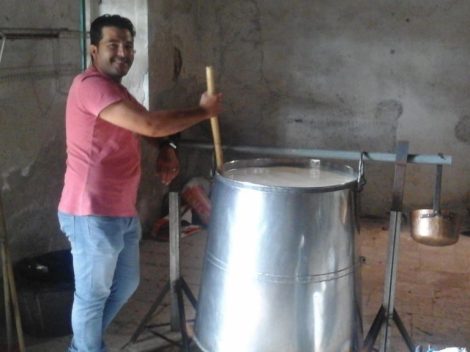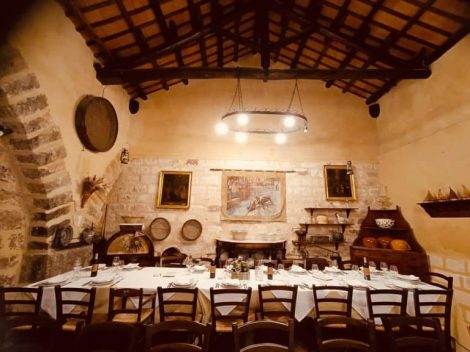Pasta casserole is a classic in the Italian cuisine. Here are 3 traditional recipes to try.
Cannelloni
Compared to other types of filled or baked pasta casseroles that boast centuries of history, cannelloni are one of the most recent creations on the Italian food scene. Starting from the 17th century, similar specialties can be found, but they were far from what we would expect. First, there were sweet ones, usually made of fried shortcrust pastry, filled with cream or ricotta and covered with icing. Then there were the meat ones, which today we would define as involtini: thin steaks filled with stuffing, rolled and baked in the oven, in a pan or fried. There were many types: chicken, veal, but also tortoise as Vincenzo Corrado recalls in his cookbook "The gallant cook" of 1773. But it wasn't until 1910 for the two volumes of "The art of cooking in Italy" by Alberto Cougnet, to see pasta cannelloni appear for the first time. The recipes are accompanied by a precise geographical indication: the "cannelloni alla bolognese" and the "cannelloni alla siciliana." Against all odds, it is the Sicilian ones that are made of puff pastry rolled out with a rolling pin, stuffed with a sauce made of tomato, onion, wine and egg, scented with thyme and basil.
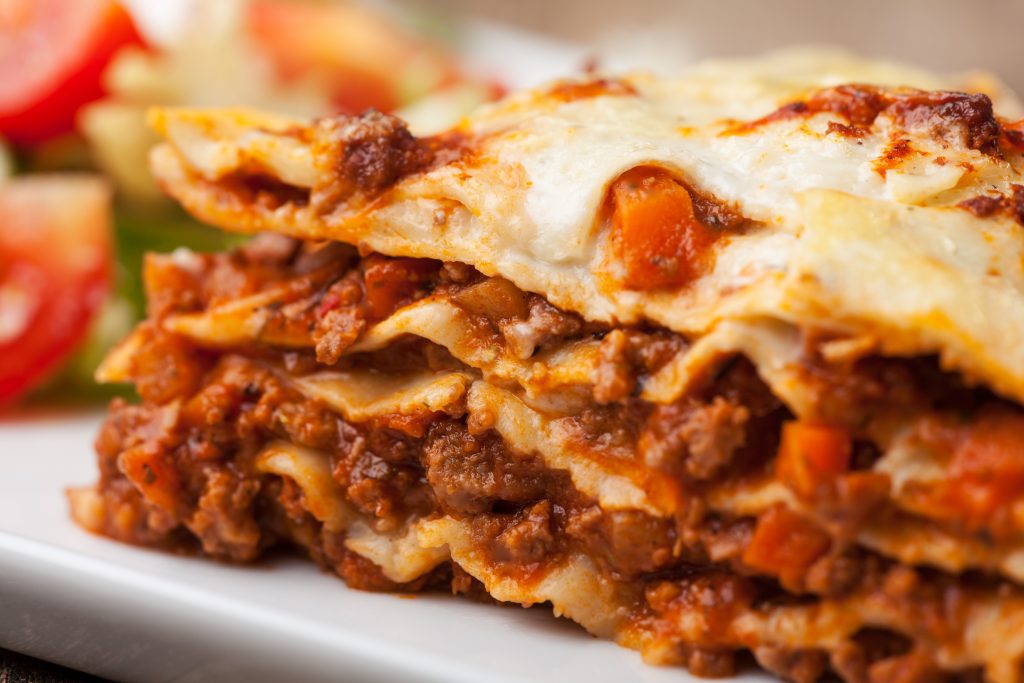
Lasagna
An iconic dish of Italian cuisine, lasagna is one of those recipes that never gets old, versatile and delicious in any variant. The history of lasagna dates back to the Middle Ages, although in reality the Romans were already preparing the "lagana," mentioned by Horace in the 1st century BC, a distant ancestor more like a thin bread baked in the oven. In the Middle Ages, boiling water and flour dough was a common practice, and lasagna was already one of the best known shapes, mentioned starting from the 13th century. It was during the Renaissance that the pastry, previously made up of only water and soft wheat flour, was also enriched with eggs, which gradually replaced the water in the dough. In addition to being served as a first course, lasagna was used as an accompaniment to boiled duck and capon. Today they are one of the most popular Sunday casseroles in the whole Italian peninsula and are prepared with different condiments and methods depending on the area.
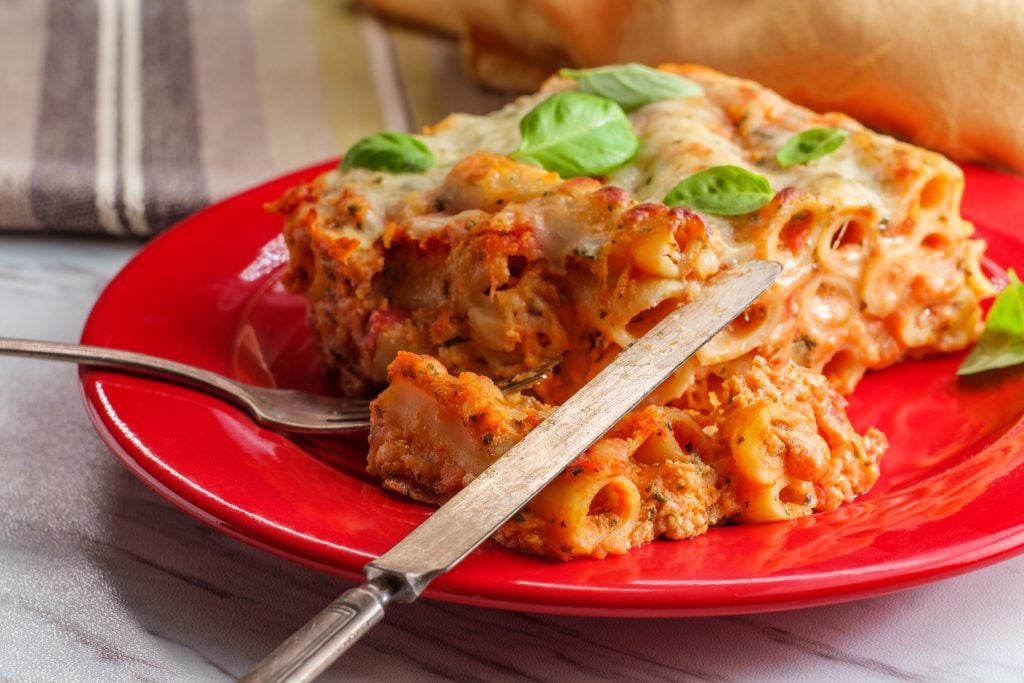
Ziti
A long pasta shape, but which is always used broken, especially for cooking in the oven and to make casseroles or pasta omelettes. The name derives from the dialectal term ziti, which in Neapolitan indicates engaged couples: according to tradition, in fact, they were prepared in the past to celebrate official engagements. The perfect sauce is the Genovese sauce, a white meat and onion ragout stewed for a long time until it becomes a creamy and fragrant sauce served on pasta together with a generous sprinkling of grated cheese. In the baked version, however, they are usually flavoured with tomato sauce and mozzarella, or ragù, tomato sauce and sausages, or even tomato and scamorza: the important thing is to add grated Parmigiano on the surface to form the coveted crust.

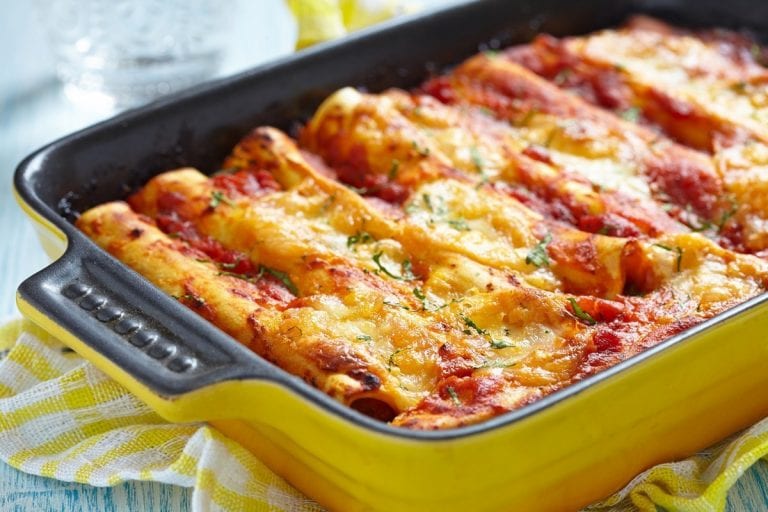
 "A Puglian cuisine without orecchiette or traditional dishes": Somma in Singapore explores the fine dining of the future
"A Puglian cuisine without orecchiette or traditional dishes": Somma in Singapore explores the fine dining of the future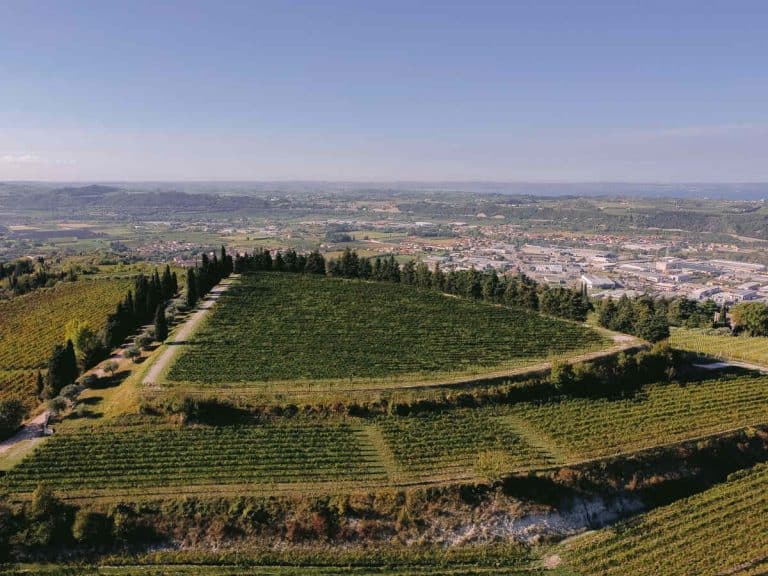 Here's how Valpolicella is evolving through the journey of an iconic wine
Here's how Valpolicella is evolving through the journey of an iconic wine "Chenin Blanc will be the new Chardonnay": Interview with Master of Wine Madeleine Stenwreth
"Chenin Blanc will be the new Chardonnay": Interview with Master of Wine Madeleine Stenwreth The ancient chocolate factory hidden in the alleys of Rome
The ancient chocolate factory hidden in the alleys of Rome The two sisters carrying forward one of the first wineries to bet on Bolgheri
The two sisters carrying forward one of the first wineries to bet on Bolgheri


